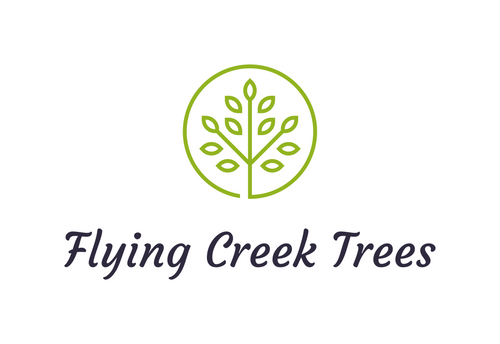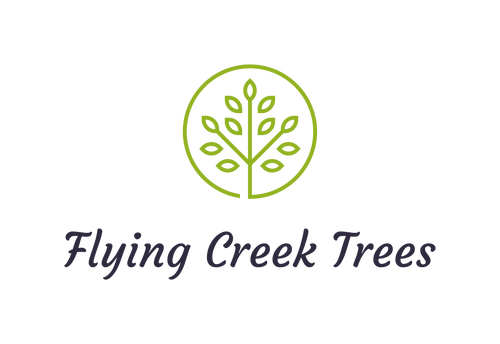Planting a tree is just the first step in its journey to becoming a healthy and thriving part of the landscape. Proper care in the first few years is crucial to ensure strong root establishment, resilience against the elements, and long-term growth. Here’s a simple guide on watering, mulching, and pruning to help your young trees thrive.
1. Watering: Keeping Roots Hydrated
Watering is the most important factor in a tree’s survival after planting. Newly planted trees require consistent moisture until their roots become established.
-
Frequency: Water deeply once or twice a week, depending on soil type and weather conditions.
-
Amount: Aim for 10-15 gallons per watering for young trees.
-
Best Time to Water: Early morning or late evening to reduce evaporation.
-
Method: Use a slow, deep-watering technique (e.g., a soaker hose or drip irrigation) to encourage deep root growth.
-
Water Source: Use fresh water from a dugout. Well water can be bad for trees due to high mineral content.
-
Signs of Overwatering/Underwatering: Wilting, yellowing leaves, or soft bark can indicate overwatering. Dry, crispy leaves or slow growth suggest underwatering.
2. Mulching: Protecting and Nourishing the Soil
Mulching helps regulate soil temperature, retain moisture, and prevent weed competition.
-
Type of Mulch: Organic materials like shredded bark, wood chips, straw, or cedar mulch work best.
-
Application: Spread a 2-4 inch layer around the tree, keeping it 2-3 inches away from the trunk to prevent rot and pests.
-
Mulch Area: Extend the mulch ring to at least 3 feet around the base of the tree.
-
Refresh Regularly: Check mulch levels every few months and replenish as needed.
3. Pruning: Shaping for Strength and Health
While young trees don’t need extensive pruning, a little shaping can improve their long-term health.
-
First Year: Limit pruning to removing dead, damaged, or diseased branches.
-
Second and Third Year: Begin light structural pruning to remove weak or crossing branches.
-
Best Time to Prune: Late winter or early spring, before new growth begins.
-
Tools: Use clean, sharp pruning shears to make precise cuts.
-
Avoid Over-Pruning: Never remove more than 25% of the tree’s foliage in a single year.
4. Weed and Grass Control: Reducing Competition
Weeds and grass compete with young trees for essential nutrients, water, and sunlight. Keeping the area around your trees clear will promote healthy growth.
-
Regular Maintenance: Remove weeds and grass around the base of the tree every few weeks.
-
Mulching Helps: A proper mulch layer will suppress weed growth and reduce the need for frequent weeding.
-
Hand Pulling vs. Herbicides: Hand-pulling weeds is the safest method. If using herbicides, apply them carefully to avoid damaging the tree.
-
Clear a Buffer Zone: Keep a 2-3 foot weed-free zone around the tree to maximize root access to nutrients and water.
Additional Tips for Young Tree Care
-
Stake Only If Necessary: Trees should only be staked if they are in high-wind areas or have weak stems. Remove stakes after one year to encourage strong trunk development.
-
Fertilization: Avoid fertilizing in the first year. In later years, apply a balanced fertilizer in early spring if needed.
-
Pest and Disease Monitoring: Regularly inspect leaves, bark, and branches for signs of insects or disease and address problems early.
Conclusion
Caring for young trees doesn’t have to be complicated, but consistency is key. By providing the right amount of water, proper mulching, careful pruning, and maintaining a weed-free zone, you can set your trees up for decades of healthy growth. Whether you’re planting trees at a school, in your backyard, or as part of a larger shelterbelt project, following these simple care steps will ensure they flourish for years to come.
Have questions about tree care? Contact us at Flying Creek Trees for expert advice and quality tree planting resources!


